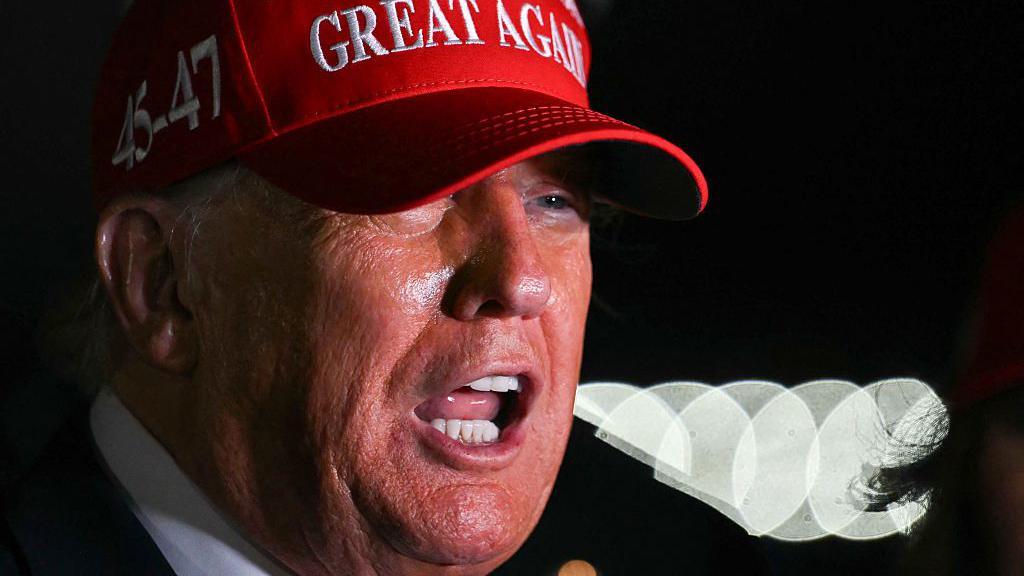The United States government, under the direction of President Donald Trump, is preparing to dispatch formal notifications to various nations, outlining impending increases in U.S. tariff rates, set to take effect on August 1, according to the President.
Speaking to reporters, President Trump indicated that the initial batch of approximately 10 to 12 letters would be disseminated starting Friday, with subsequent communications to follow in the ensuing days.
The prospective import duties are projected to span a range, from “60% or 70% tariffs to 10 to 20% tariffs,” the President stated, with the upper limit exceeding previously articulated figures.
President Trump has established a deadline of July 9 for negotiations concerning import tax rates, prompting accelerated efforts among countries to secure favorable agreements.
Previously, the President had suggested a baseline tariff of 10% applicable to numerous economies, with a maximum ceiling of 50%.
President Trump did not specify which nations would be subject to the U.S. tariffs, nor whether the levies would be applied selectively to particular categories of goods.
“My inclination is to send a letter out and say what tariff they’re going to be paying,” he told reporters on Thursday. “It’s just much easier.”
He added: “We’re going to be sending some letters out, starting probably tomorrow.”
Tariffs, defined as taxes imposed on goods entering a country, are typically borne by the importer.
While affected firms may opt to absorb the increased costs, it is widely anticipated that these expenses will ultimately be transferred to American consumers.
The intended outcome is to augment revenue streams for the U.S. government, while simultaneously rendering foreign goods more expensive, thereby stimulating demand for domestically manufactured products.
President Trump’s remarks precede an upcoming deadline next week, potentially precipitating the imposition of escalated duties on goods originating from a variety of countries.
These nations encompass the European Union, previously threatened with tariffs initially set at 20% and subsequently raised to 50%, and Japan, which could face 35% tariffs on its goods.
The UK and US have partly agreed a trade deal, covering UK cars and US beef and bioethanol, but not steel.
The world’s largest economies, China and the US, initially engaged in a tit-for-tat trade war that imposed massive “reciprocal” tariff increases in April.
The US imposed 145% tariffs on Chinese imports, while China put 125% tariffs on some goods.
After negotiations the countries agreed to drop the taxes to 30% and 10% respectively while they negotiate. Last month, the two said they had agreed details over matters such as the export of rare earth materials and the easing of tech restrictions.

